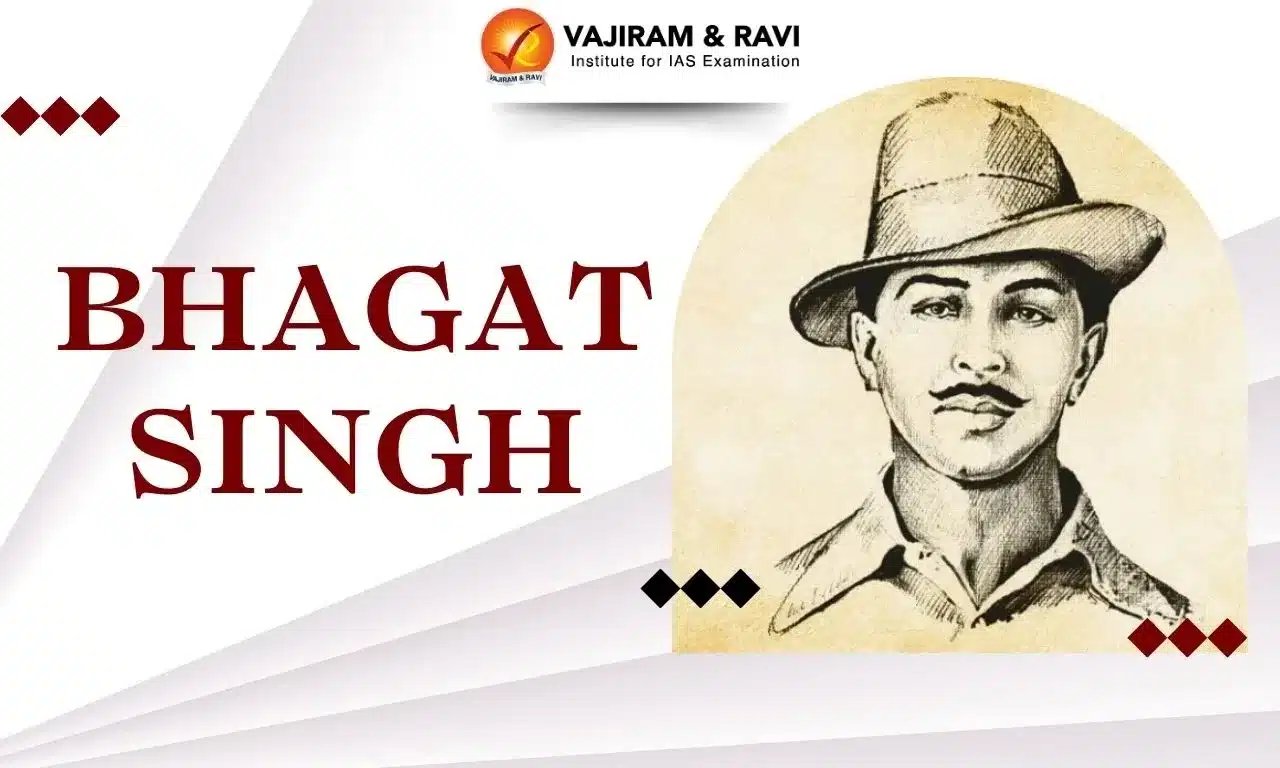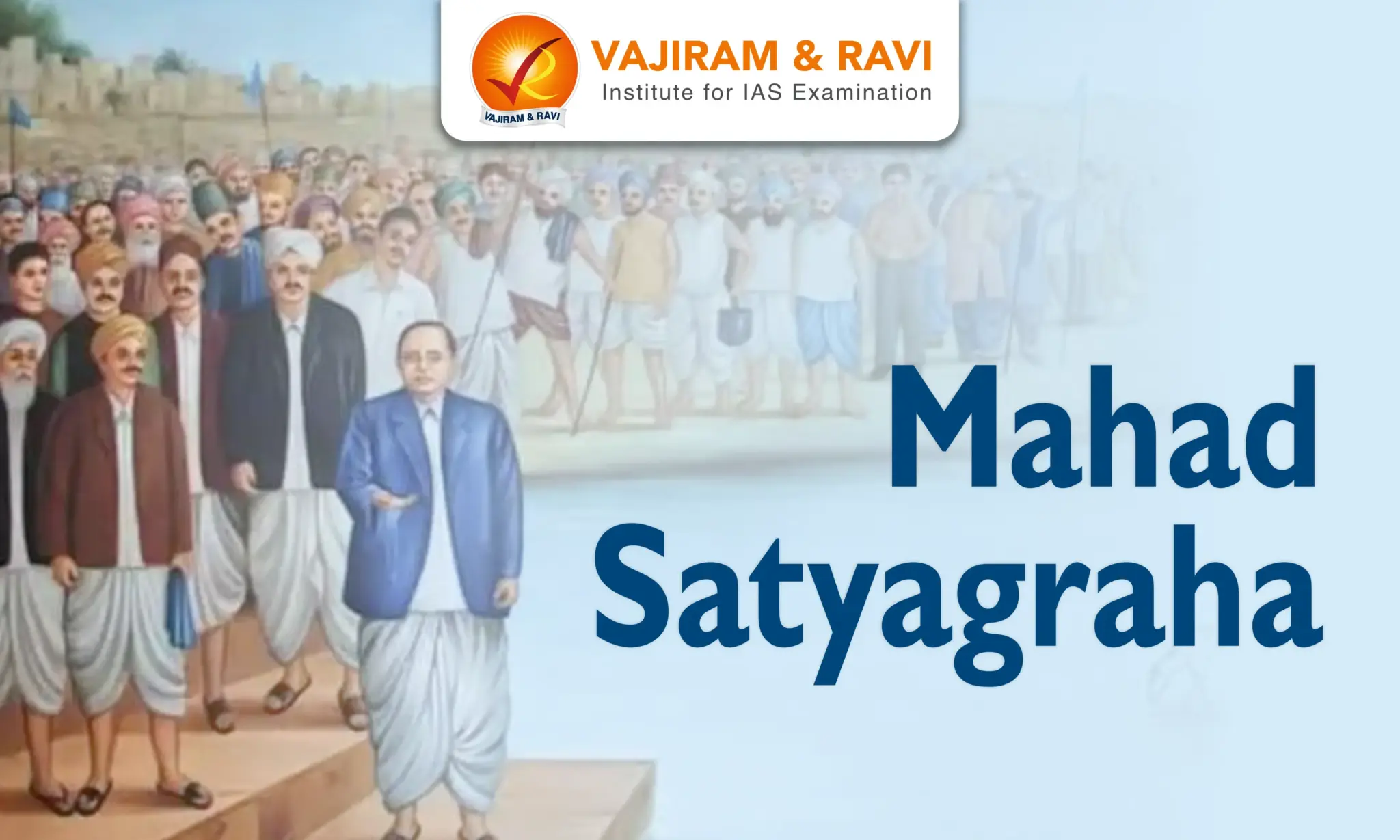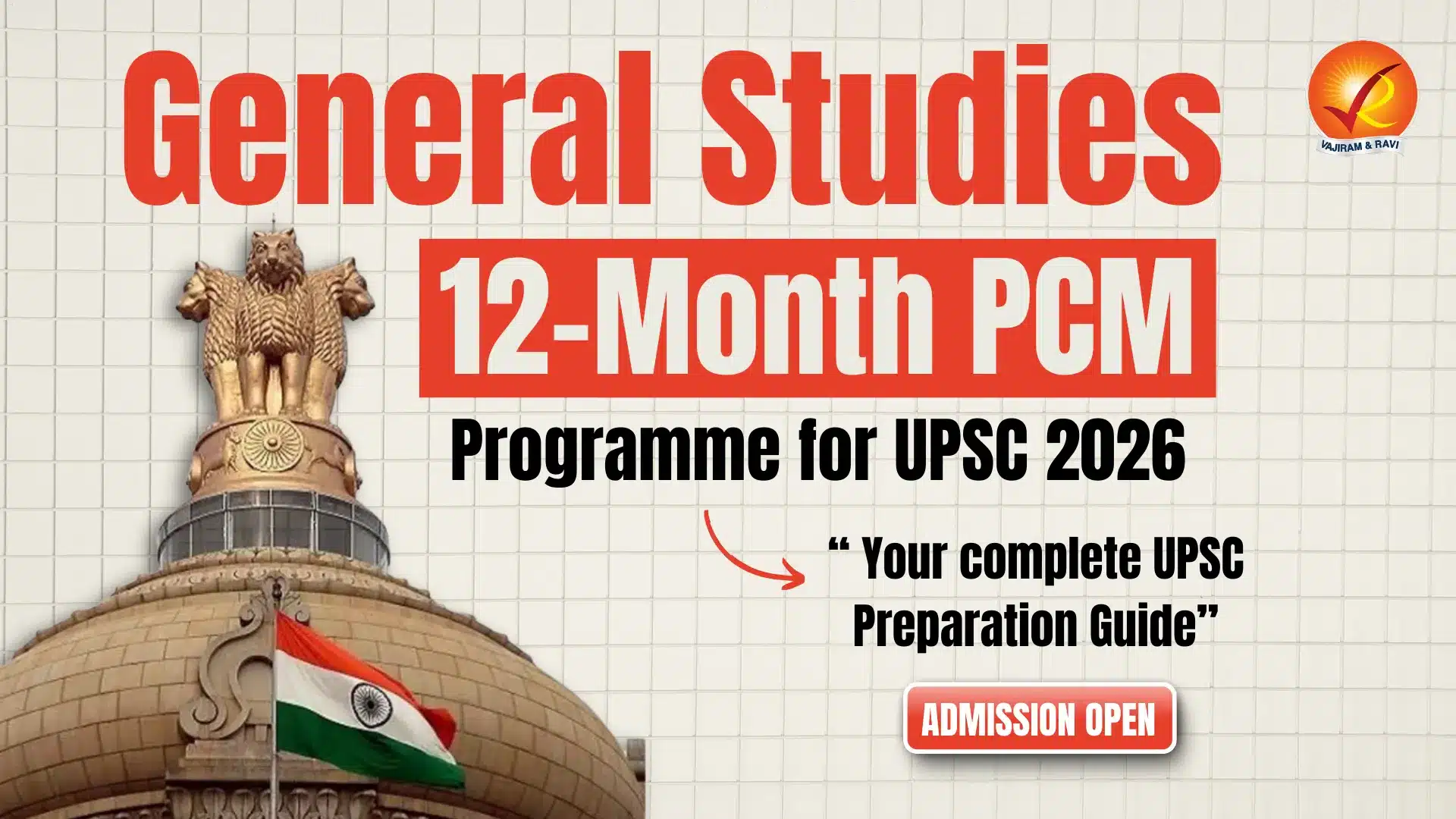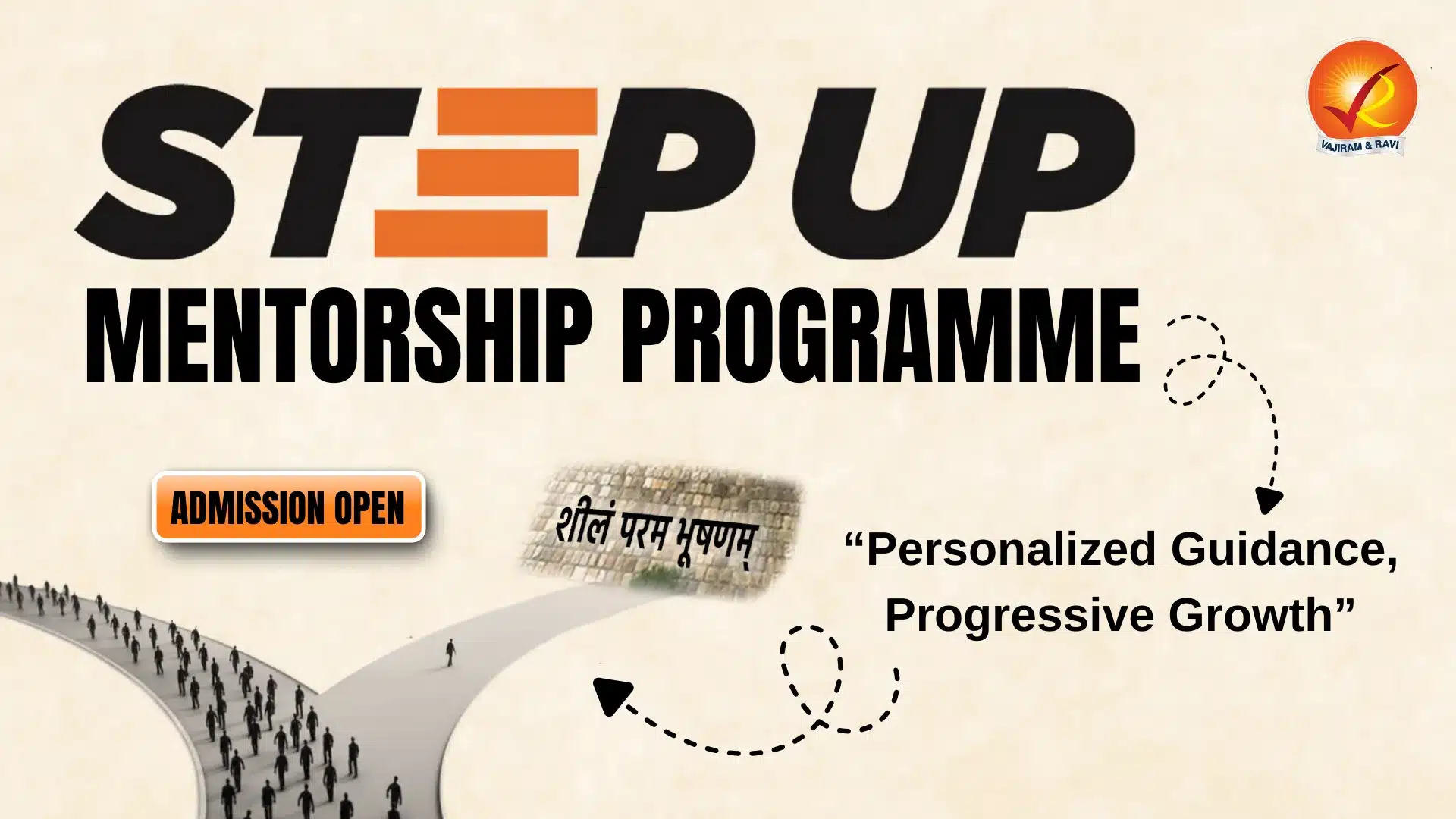Bhagat Singh was a revolutionary freedom fighter whose unwavering commitment to India's independence made him a symbol of courage and sacrifice. He emerged as a prominent figure in the struggle against British colonial rule, advocating for radical change and social justice. Influenced by socialist ideals, Singh's activism led him to join the Hindustan Socialist Republican Association, where he orchestrated daring acts of resistance, including the infamous assembly bombing in 1929.
His execution at the young age of 23 on March 23, 1931, turned him into a martyr, inspiring generations to fight against oppression and injustices, and cementing his legacy as one of India's most revered national heroes.
Bhagat Singh's Early Life
Born on September 27, 1907, in Banga, Punjab, Bhagat Singh came from a Sikh family that was actively engaged in the struggle for independence. His father, Kishan Singh, and uncle, Ajit Singh, were involved in the 1907 Canal Colonization agitation and later the Ghadar Movement. Growing up in this environment, Bhagat Singh was influenced by the freedom struggle early on. He attended the Dayanand Anglo-Vedic (DAV) School in Lahore and later, in 1923, joined the National College, founded by Lala Lajpat Rai.
Bhagat Singh Revolutionary Activities
Bhagat Singh's revolutionary activities primarily focused on challenging British colonial authority through radical means. In 1926, Bhagat Singh founded the Naujawan Bharat Sabha (Youth Society of India) and became a member of the Hindustan Republican Association, which was later renamed the Hindustan Socialist Republican Association and advocated for an armed struggle as the path to Indian independence.
- Bhagat Singh popularised the slogan of ‘Inquilab Zindabad’ which eventually became the catchphrase of the Indian independence movement.
Killing of John Saunders
On December 17, 1928, Bhagat Singh along with Chandra Shekhar Azad and Rajguru, killed British police officer John Saunders in Lahore. This act was intended to avenge the death of freedom fighter Lala Lajpat Rai, who had succumbed to injuries sustained during a lathi charge by police while participating in an anti-Simon Commission procession.
Central Assembly Bombing Case
On April 8, 1929, the HSRA orchestrated a bombing in the Central Legislative Assembly to protest the passage of the repressive Public Safety Bill and Trade Disputes Bill. Bhagat Singh and Batukeshwar Dutt were tasked with throwing the bombs, which were deliberately made harmless to avoid casualties. They surrendered voluntarily, using the trial to promote their revolutionary ideology and garner public support for India's independence.
Bhagat Singh Execution
Bhagat Singh, along with his comrades Rajguru and Sukhdev, was sentenced to death for his involvement in the killing of British officer John Saunders. Despite widespread protests and calls for clemency from various political leaders and the public, the British government remained adamant. On March 23, 1931, Singh, at the young age of 23, was hanged in Lahore Central Jail.
Lahore conspiracy case
The Lahore Conspiracy Case, under which Bhagat Singh was tried, was marked by a series of controversial trials aimed at suppressing revolutionary activities against British rule. Bhagat Singh and his associates were tried under a specially created tribunal that circumvented standard legal norms, resulting in a trial widely criticized for its lack of fairness.
Bhagat Singh Ideals and opinions
Bhagat Singh was a staunch advocate of socialism and revolutionary thought, which shaped his distinct ideological framework. In his influential essay "Why I Am An Atheist," he articulated his belief in rationalism and his rejection of religious dogma. He viewed atheism as a means to liberate individuals from superstition and promote critical thinking.
- Bhagat Singh was critical of Mahatma Gandhi's non-violent approach to the freedom struggle, believing that it was insufficient to combat the brutality of colonial rule.
- He argued for a more radical strategy, emphasizing the need for armed resistance and revolutionary change to achieve true independence.
Bhagat Singh Legacy
Bhagat Singh's legacy continues to resonate deeply in India, inspiring generations with his ideals of courage, sacrifice, and social justice. His martyrdom on March 23, 1931, is commemorated annually as Shaheed Diwas (Martyrs' Day), honoring his contributions to the freedom struggle and celebrating his commitment to fighting oppression. On this day, people across India pay tribute to Singh and his comrades, remembering their sacrifices to India’s freedom movement.
Last updated on November, 2025
→ Check out the latest UPSC Syllabus 2026 here.
→ Join Vajiram & Ravi’s Interview Guidance Programme for expert help to crack your final UPSC stage.
→ UPSC Mains Result 2025 is now out.
→ UPSC Notification 2026 is scheduled to be released on January 14, 2026.
→ UPSC Calendar 2026 is released on 15th May, 2025.
→ The UPSC Vacancy 2025 were released 1129, out of which 979 were for UPSC CSE and remaining 150 are for UPSC IFoS.
→ UPSC Prelims 2026 will be conducted on 24th May, 2026 & UPSC Mains 2026 will be conducted on 21st August 2026.
→ The UPSC Selection Process is of 3 stages-Prelims, Mains and Interview.
→ UPSC Result 2024 is released with latest UPSC Marksheet 2024. Check Now!
→ UPSC Prelims Result 2025 is out now for the CSE held on 25 May 2025.
→ UPSC Toppers List 2024 is released now. Shakti Dubey is UPSC AIR 1 2024 Topper.
→ UPSC Prelims Question Paper 2025 and Unofficial Prelims Answer Key 2025 are available now.
→ UPSC Mains Question Paper 2025 is out for Essay, GS 1, 2, 3 & GS 4.
→ UPSC Mains Indian Language Question Paper 2025 is now out.
→ UPSC Mains Optional Question Paper 2025 is now out.
→ Also check Best IAS Coaching in Delhi
Bhagat Singh FAQs
Q1. What is Bhagat Singh famous for?+
Q2. How many days did Bhagat Singh fast?+
Q3. Why did Bhagat Singh get hanged?+
Q4. At what age was Bhagat Singh hanged?+
Q5. What is the nickname of Bhagat Singh?+
Tags: bhagat singh quest

















